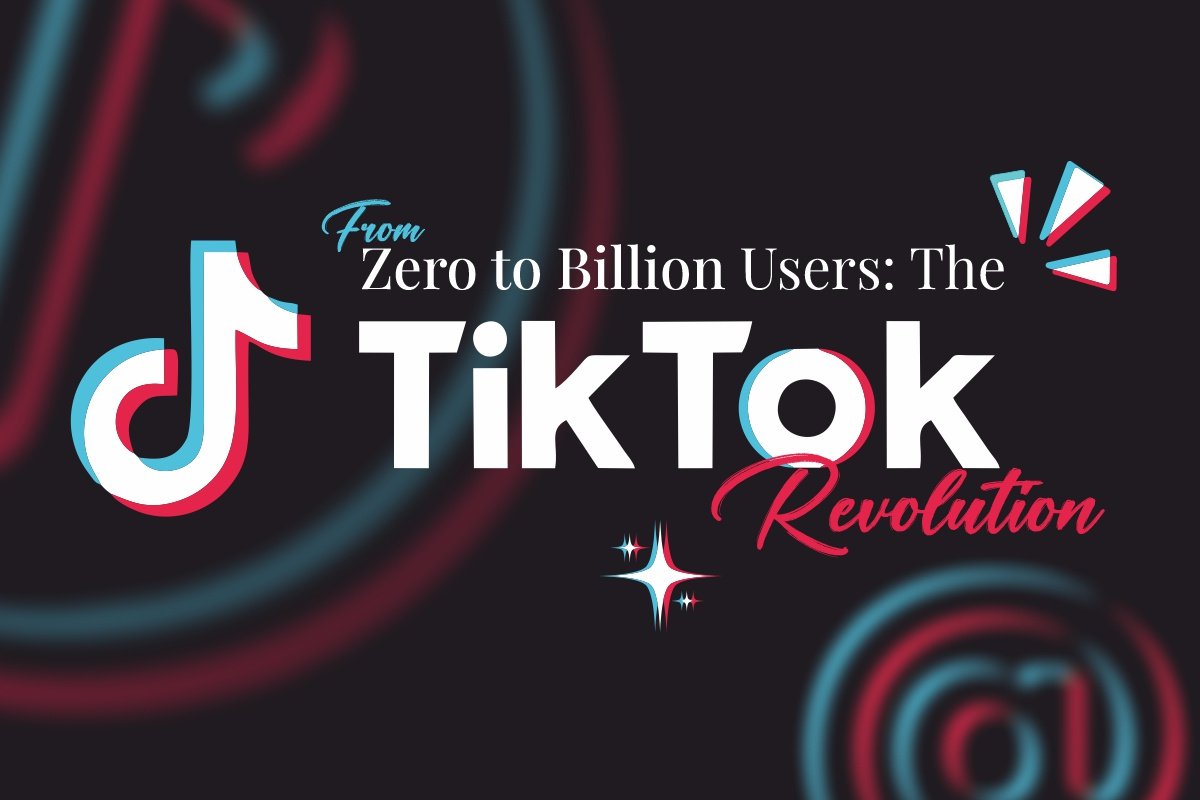(Source-iStock)
Apart from charging my phone, the first thing I do is make black tea and read the headlines of The New York Times. Most of the time, I don’t have any idea about what to do with my life but yes, I want to know what is happening around the world. I find it one of the popular and trustworthy sources of information acting as a watchdog and holding governments, institutions, and individuals accountable. It plays a crucial part in shaping public opinion and due to this, I can debate with my colleagues about controversial topics in the world. Instead of going online and searching the speciality of my region, I can read about it in The New York Times. Here, you can read about the newspaper and understand what journey it has made to reach to our hands in every morning.
The New York Times Through the Ages
Often called the “Gray Lady,” The New York Times (NYT) has been a prominent newspaper since it was founded in 1851. Started by Henry J. Raymond and George Jones, the paper aimed to provide readers with reliable news and information. In its early years, it focused on reporting significant events, including the Civil War. Over time, it became known for its commitment to journalistic integrity and high editorial standards. It played a crucial role in shaping public opinion and has won numerous Pulitzer Prizes for its outstanding journalism.
In the digital age, NYT transitioned to online platforms, offering news through its website and mobile apps. It covers a wide range of topics, from politics and culture to science and sports, making it a go-to source for news enthusiasts worldwide. Despite facing challenges and controversies, The New York Times continues to be a respected institution, providing valuable insights and information to readers, and making it a vital part of the global media landscape.
The New York Times’s Contribution to Journalism
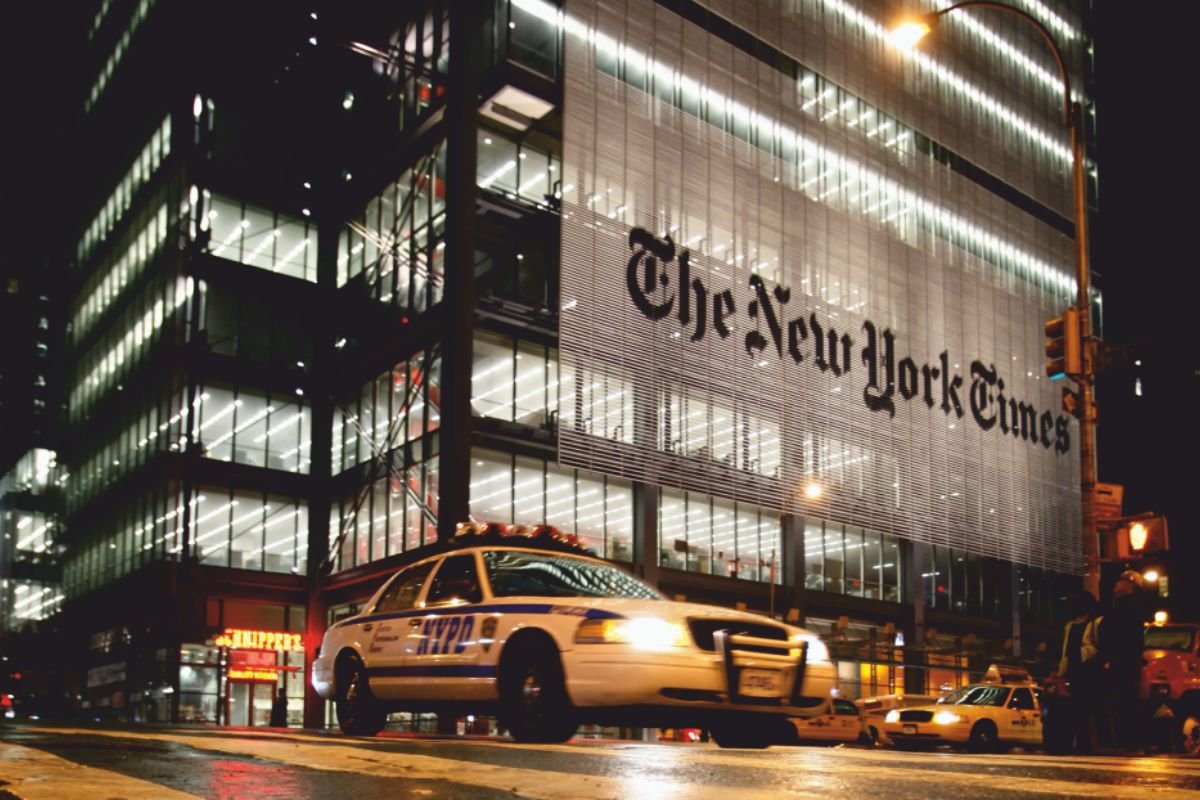
The New York Times’ historical milestones reflect its enduring commitment to journalistic excellence, contributing significantly to shaping the standards and practices of modern journalism.
Editorial Policies
The New York Times (NYT), renowned for its editorial standards, has significantly influenced the global media landscape. Its commitment to journalistic integrity, accuracy, and impartiality sets the bar for newspapers worldwide. The following aspects highlight the editorial policies that have shaped its influence:
| Fact-Checking and Verification: The NYT places a strong emphasis on rigorous fact-checking processes to ensure the accuracy of information before publication. This commitment to verifiable reporting reinforces its credibility. Impartiality and Objectivity: The newspaper strives to present news stories in an unbiased manner, separating news reporting from opinion pieces. This dedication to objectivity sets a standard for fair and balanced journalism. Editorial Independence: The NYT maintains editorial independence, resisting undue influence from external forces. This commitment allows the newspaper to act as a watchdog and hold those in power accountable. |
Influence on Other Newspapers
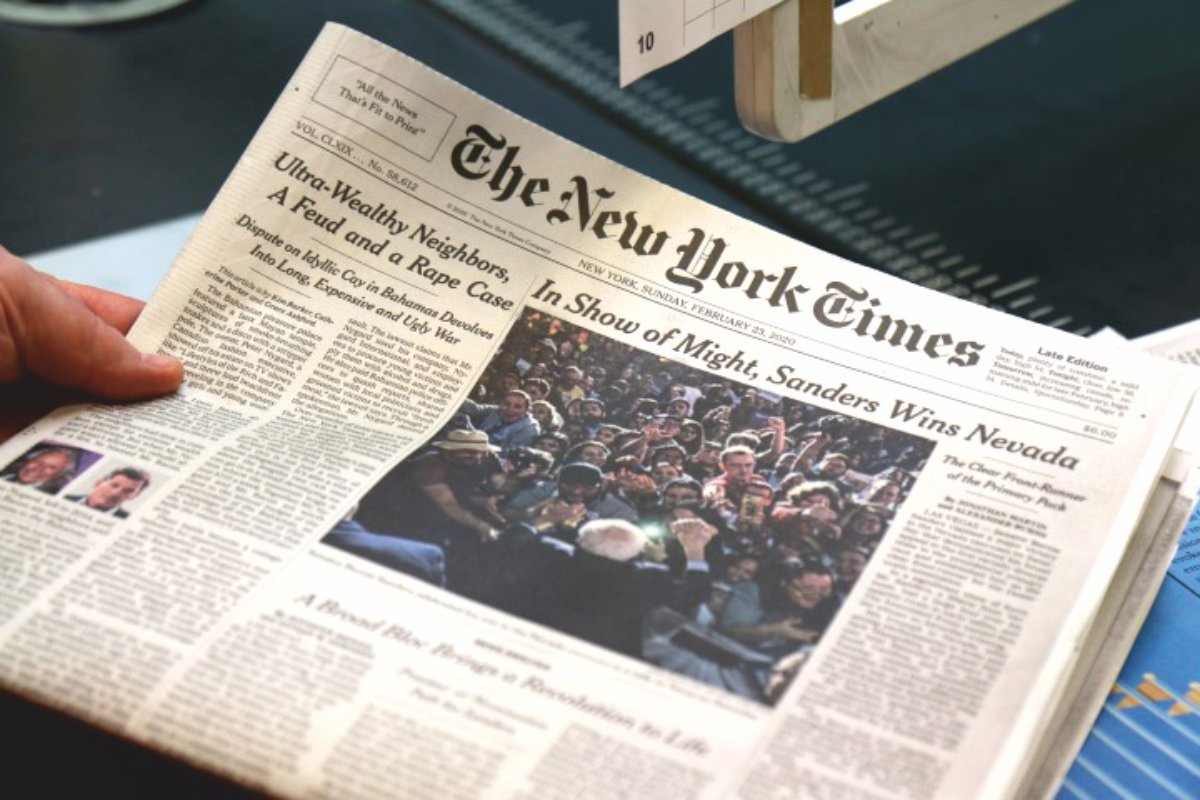
The editorial policies of The New York Times serve as a benchmark, influencing other newspapers globally. Media outlets often look to emulate its commitment to accuracy, impartiality, and investigative journalism, seeking to build trust with their audiences.
| Iraq War Coverage (2003): The NYT faced criticism for its reporting on weapons of mass destruction leading up to the Iraq War. The controversy raised questions about journalistic responsibility and the role of the media in shaping public opinion during critical geopolitical events. Jayson Blair Scandal (2003): The revelation that reporter Jayson Blair fabricated stories and plagiarized content prompted a reevaluation of the NYT’s editorial oversight. The scandal spurred discussions on newsroom diversity and the need for stronger ethical guidelines. Handling of 2016 Election: The newspaper faced scrutiny for its coverage of the 2016 U.S. presidential election, with debates over whether it maintained impartiality in its reporting on candidates. Opinion Section Controversies: The NYT’s Opinion section occasionally sparks controversy due to the diverse perspectives it hosts. Some pieces ignite debates on the boundaries of free speech, journalistic responsibility, and the portrayal of differing opinions. |
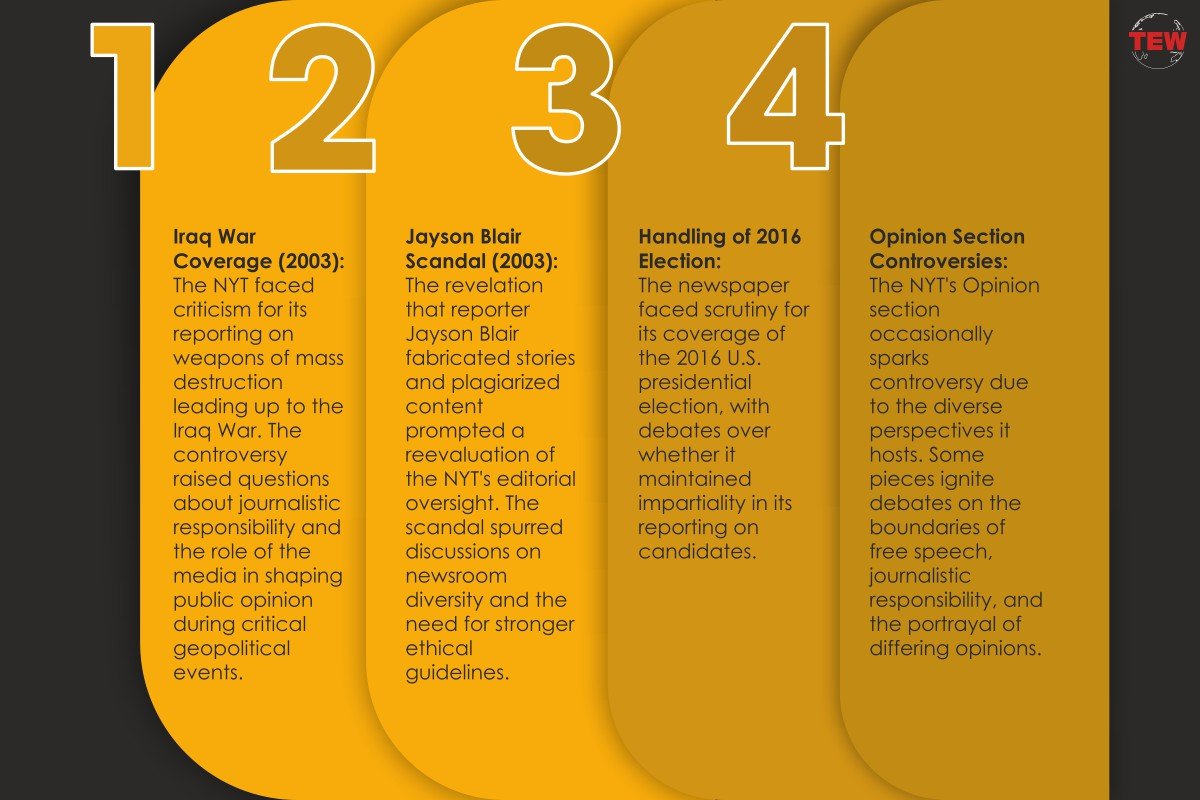
Through these controversies, The New York Times engages in ongoing self-reflection, adapting its editorial policies to address evolving challenges and maintain its commitment to journalistic excellence. As a media trailblazer, it continues to shape the editorial landscape and contribute to the broader discourse on media ethics and responsibility.
Social Media Campaigns
The New York Times (NYT) has maintained an active and engaging presence across various social media platforms through strategic campaigns. Notable among these is the #NYTReadalong initiative on Twitter, where readers are encouraged to share their thoughts and favorite articles, fostering a sense of community engagement. Additionally, the NYT’s participation in the #COVID19FrontLine campaign showcased its commitment to frontline workers during the pandemic, emphasizing the importance of reliable news.

On Instagram, the #NYTPhotoChallenge allows followers to share their visual interpretations of current events, creating an interactive space for artistic expression. The newspaper’s Facebook Live sessions, including “The New York Times Book Club,” provide an opportunity for real-time discussions with authors and journalists, fostering a dynamic online community. Through these diverse social media campaigns, The New York Times not only disseminates news but also actively involves its audience in meaningful conversations, solidifying its digital presence and adapting to the evolving landscape of news consumption.
Challenges and Responses
1. Digital Transformation Challenges:
Challenge: With the rise of digital media, The New York Times faced the challenge of adapting to an online landscape and monetizing digital content effectively.
Response: The Times implemented a digital subscription model, requiring readers to pay for online access. This move proved successful, contributing significantly to the newspaper’s revenue and allowing it to invest in quality journalism.
2. Criticism of Bias:
Challenge: The newspaper often faced criticism for perceived political bias in its reporting, raising concerns about journalistic objectivity.
Response: The New York Times acknowledged the need for impartiality and instituted measures to ensure balanced reporting. It invested in diverse newsrooms and editorial practices to present a more comprehensive and fair perspective.
3. Competition in the Digital Age:
Challenge: The proliferation of online news sources led to increased competition, challenging The New York Times to stand out in a crowded digital space.
Response: The Times focused on high-quality journalism, investigative reporting, and in-depth analysis to differentiate itself. Continuous innovation, multimedia storytelling, and interactive features enhanced the reader experience.
4. Press Freedom and Security Concerns:
Challenge: Operating in a world facing increasing threats to press freedom and journalists’ security, The New York Times had to navigate these challenges.
Response: The newspaper prioritized the safety of its journalists, investing in security measures and protocols. It also continued to champion press freedom, advocating for the protection of journalists worldwide.
5. Trust and Credibility Issues:
Challenge: Trust in media became a global concern, and The New York Times faced challenges in maintaining its reputation and credibility.
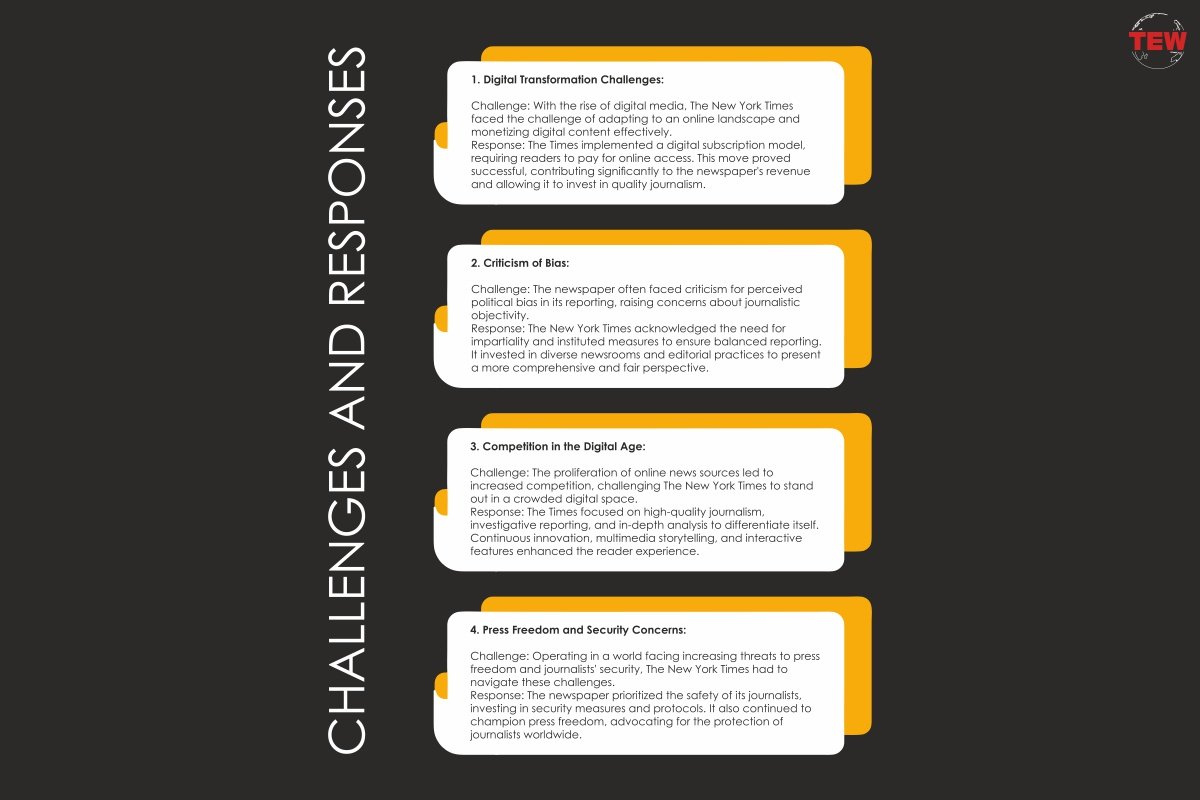
Response: The Times doubled down on transparency, fact-checking, and correction policies. It engaged with its audience through ombudsman columns, reader feedback mechanisms, and public editor positions to address concerns directly.
In navigating these challenges and responding effectively, The New York Times has not only sustained its legacy but also emerged as a digital powerhouse. By embracing change, prioritizing journalistic integrity, and adapting to evolving reader preferences, the newspaper continues to drive growth and maintain its position as a leading global media outlet.
Conclusion
The New York Times has played a significant role in shaping the trajectory of journalism, standing as a beacon for high-quality, investigative reporting. Its rich history reflects a commitment to journalistic integrity and adapting to technological changes. The lessons from its legacy include navigating challenges, upholding truth, and illustrating the transformative power of a free press. The newspaper’s enduring impact underscores the importance of responsible journalism, providing valuable insights for aspiring journalists and media organizations aiming to inform and enlighten society.





